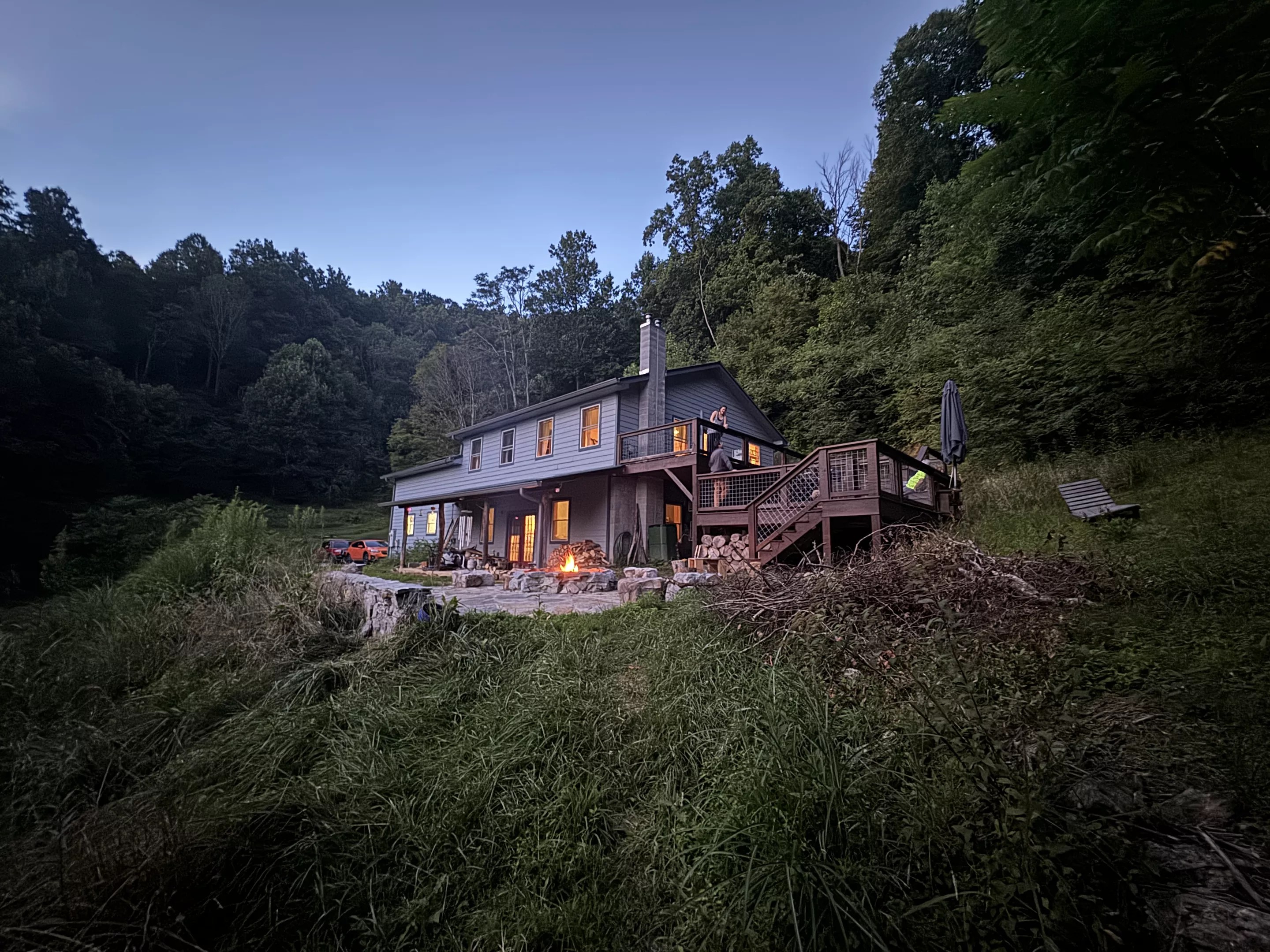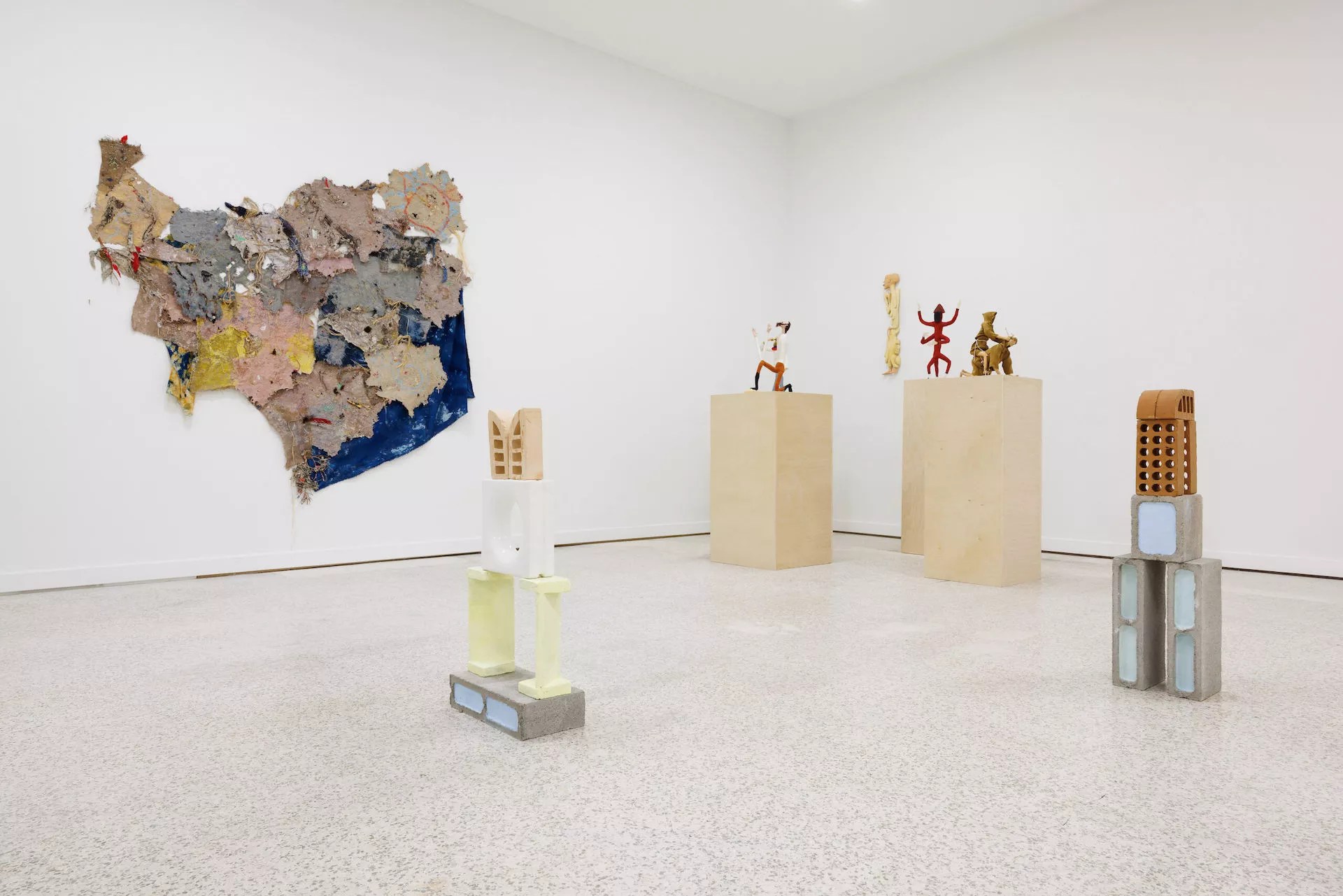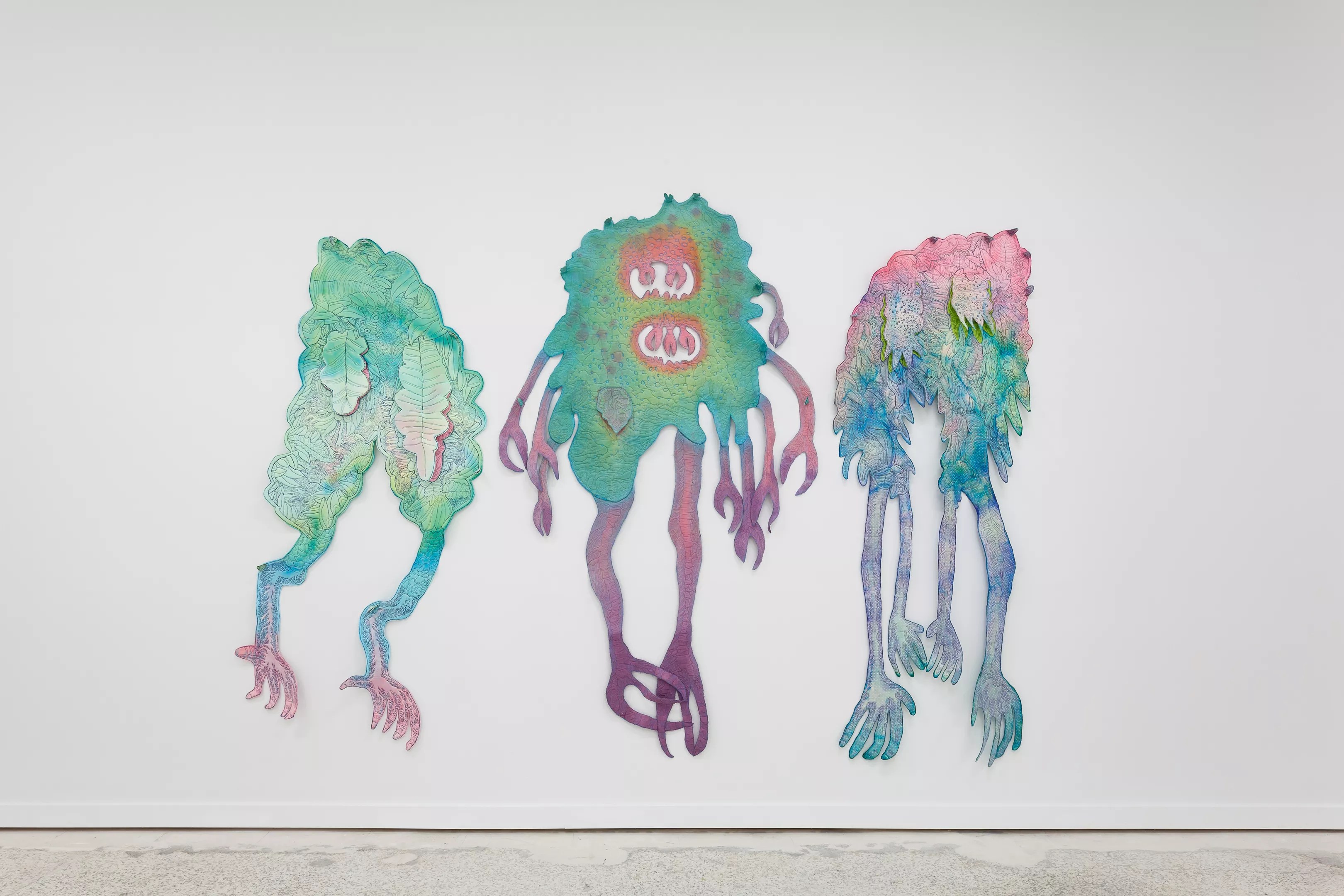
Photo by Tyler Emerson-Dorsch

Audio By Carbonatix
When Little Haiti’s Emerson Dorsch Gallery announced in an email that it was shuttering after 34 years of legendary culture-making in Miami, the gallery’s founder, Brook Dorsch, says staff were flooded with nostalgic messages. Some included people who remembered when the gallery was located inside his Coral Way apartment in the ’90s.
Back then, he showed work made by students in the University of Miami’s Master of Fine Arts program, burgeoning artists who shared his desire for a Miami art scene that was more conceptual than the decorative works represented at Coral Gables’ gallery walk. Despite exploring his own talents as a painter, Dorsch decided to focus on curation.
The only problem was, he didn’t know anything about art. “I read voraciously about contemporary art and what I was interested in seeing in the artists I started showing,” he says.
He was fascinated by the mid-twentieth-century Black Mountain College outside of Asheville. It wasn’t just an art school that featured “a who’s who of American Modernism” instructing courses, like Willem de Kooning, Cy Twombly, and John Cage; it was also a farm where students grew their own food to sustain themselves. Now retired from his full-time job as an engineer at the Maritime Telecommunications Network, Dorsch and his wife, curator Tyler Emerson-Dorsch, resettled in the Asheville area and are using Black Mountain College’s ethos as inspiration for their next developing project, the Residency at Metcalf Creek.
This year, make your gift count –
Invest in local news that matters.
Our work is funded by readers like you who make voluntary gifts because they value our work and want to see it continue. Make a contribution today to help us reach our $30,000 goal!
A Return to Basics
A forward-thinking effort that accommodates their life as a family in mountainous Eastern North Carolina, the new project also responds to a slowing art market, deep state and federal funding cuts to the arts, and a return to basics for many people in the U.S. While Emerson and Dorsch’s work in Miami connected artists with audiences, now they’ll provide artists with space to dream and create at their lush, rustic forest-farm.
As with this project and his gallery, Dorsch admits, “I’ve built things from scratch.” He says he’s been able to do that with the help of his communities of artists, friends, and family, specifically his mother. His former Wynwood space, then known as Dorsch Gallery, was one of a handful of anchoring galleries that established the neighborhood as an arts district. Purchased in 2000, it was a bastion of creative energy where creative kids in Miami could gather to see art on display, sip wine, watch performances, and get inspired. Miami’s artists helped him literally build the space, from wiring the electricity to raising the walls. “It was ‘build it and they will come.’ And people did come to Wynwood,” he says.

“Last Days of a House” Emerson Dorsch group show in 2023 for the Fountainhead Biennial curated by Omar López-Chahoud.
Francesco Casale
In 2005, when she worked at the Snitzer Gallery before her marriage, Emerson-Dorsch remembers there were only ten or so galleries in Wynwood. When their gallery moved from Wynwood to Little Haiti in 2017, there were more than 70 listings on the map. Dorsch was president of the Wynwood Art Association at the time. “It was an explosion,” she says.
In Little Haiti, they rented to arts organizations like Exile, where other artists have now established art spaces. By their recent calculations, the gallery has shown more than 300 artists and hosted more than 30 musical acts. When Miami’s music scene needed more venues last year, the Little Haiti space became the locus of a series of performances curated by gallery manager Danny Clapp and his bandmate Juan Gonzalez. Clapp told New Times at the time: “It keeps in line with Brook Dorsch’s history at the space. He’s kind of a no-limit soldier like that. There’s no idea that’s too wild for him. He makes me have to be cooler.”
Investing in Miami
Emerson-Dorsch met her husband at the gallery in 2004 at Jay Orr’s show, when she worked with the artist at Miami Art Museum (now PAMM). “The gallery has been our entire marriage and also our family life – it’s been entwined with everything,” she says. In 2008, she asked Brook if she could work with him. As a primary curatorial force at their gallery, Emerson-Dorsch has shaped the kinds of work and shows that made the space a stalwart in Miami’s art history.
At the start of her time with the gallery, Emerson-Dorsch realized there was a different contemporary arts conversation in Miami than elsewhere, one that included the art histories of Latin America and the Caribbean. “I had an art history degree, but I could quickly tell that there were a lot of gaps in my knowledge about what contemporary artists were trying to do.” So she went back to school at the Center for Curatorial Studies at Bard College in New York, where, she says, “I learned there that my gaps were actually enormous…And realized that I would spend the rest of my life figuring it out.”
She found her curatorial stride back in Miami. “I was spending a lot of money to bring in shows from the outside and the caliber of what we were able to do with those artists was excellent, but I noticed that if I put those same resources into trying to foster the development of artists who live here, who were on our roster or we worked with for the first time, then I would help be part of the tide that lifts it all up,” she says. “There is a power to the stories that exist in Miami…In order to build a story that was Miami-centered, you had to invest in Miami.”
As the gallerists depart from a city they helped shape, Emerson-Dorsch offers some suggestions for Miami to build up artists here. For instance, she recommends continuing to invest in art in public spaces, not only as a way to create “a sense of place,” but as a key to the success of local artists. It allows them the chance to learn from managing budgets and administrative tasks, and offers a way to make a living and scale up their work. She believes Miami should take care of its museums and libraries as public art spaces, provide children’s arts education in schools, and nurture its graduate art programs. “It’s not just important for students of the [graduate] programs, it’s important for providing steady, reliable employment for artists who are trying to think about their practice beyond its ability to make money on the commercial market.”
Pandemic Pivot
In 2020, during the height of the COVID-19 pandemic, the couple moved to Montana, where Emerson-Dorsch grew up. This huge shift was possible because they’d just hired gallery director Ibett Yanez, who worked at the de la Cruz Collection prior. “She came in ready to rock and roll,” Dorsch says. She helped business pick up and got them through the pandemic. Still, the long commute from Montana to Miami became difficult to maintain, and in 2021, they moved to Asheville to be closer to South Florida.
While Asheville didn’t feel like a place to open a contemporary art gallery, Dorsch thought more about Black Mountain College. They bought a large property just north of the city with a cabin nestled half a mile up a gravel driveway, bought goats, started to farm, and opened Residency at Metcalf Creek.
“I saw the future in that,” he says. “It’s a slower way of life and a different environment for kids to grow up in.”

Jen Clay’s work brought whimsy and color to the Emerson Dorsch walls.
Francesco Casale
“When you have to change paths, there’s an opportunity to think through what that is and what it can be – what are the potentials of the moment,” she says. With Residency at Metcalf Creek, they can preserve the legacy of Emerson Dorsch Gallery and foster community in their new home. Emerson-Dorsch joined the board of the Asheville Art Museum and, just like she dove into Miami’s culture, is now learning more about the rich cultural and craft history of the Appalachian Mountains. This will help her in her role as archivist at the residency. “It’s hard to tell your story as it’s going. Sometimes it needs to happen as you look back,” she says. She’s inspired by Miami’s Ruth and Marvin Sackner, who meticulously documented their collection with The Sackner Archive of Concrete and Visual Poetry.
Artists in Residence
Miami artist Jen Clay, who grew up in North Carolina, was the first resident at Metcalf Creek in June 2023. When she moved to Miami in 2014, she met the Dorsches through her husband, artist Samuel Lopez de Victoria. “They were the only gallerists who remembered me,” she laughs, recognizing their warmth. She had a solo show, “This World Doesn’t Belong to You,” at the gallery in March 2023 when they announced representation. The residency set-up allowed her to meet with collaborators Tayina Deravile and Elise Anderson in person. (Usually, they meet on Zoom.) There, they programmed her first video game, which debuted at Locust Projects in Miami.
“It was really so isolated and lovely, and it gave so much space to think. And when you needed a break, you could pet their goats that were babies at the time,” she says. “Tyler and Brook are really kind people, and they believe in artists, so whatever they do, they’re going to try to help people and give artists space to make things.” She was saddened and surprised by the news of the closing, but also thinks pulling their resources in one place will strengthen the work they do.
The couple will announce more details about the residency’s future in the coming months. “We’re going to build it up as we go,” Dorsch says.
“It grows like a garden around them,” Emerson-Dorsch says of their vision, which is influenced by Greek philosopher Epicurus, who created an inclusive, simple-living community called “the garden.” A similar goal of the residency is to let artists create as they step away from the commerce part of art-making. “I was inspired by the idea that you could cultivate happiness in the context of very simple pleasures. The most important thing is the conversations with the people around you, and nurturing them.”